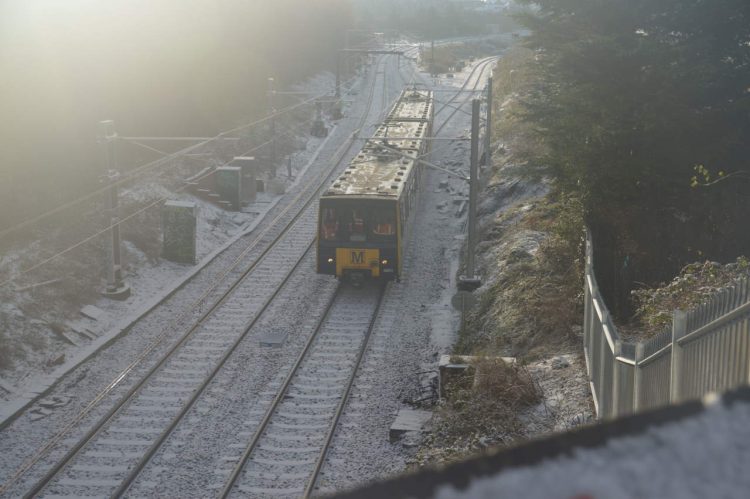Nexus who own and operate Tyne and Wear Metro have revealed that they will be bringing improved digital experience for their customers from street to station platform and throughout their Metro journey. The improvements project has been created after research revealed that Metro customers need a better digital experience when using the network.
The investment will see a heavy focus on increasing commercial mobile network strength across Metro rather than installing Wi-Fi on trains as it is expensive and would be used by only a few customers as most already have access to 4G and 5G via their phone contracts across the networks 60 stations and on the connecting lines.
Nexus will engage with major network providers in order to create improvements in connectivity in the areas with weaker signal or ‘not spot' areas which include tunnels, cuttings and lines close to the coast.
Since 2019, EE has offered 4G connectivity for Metro tunnels under the centre of Newcastle and Gateshead however plans to involve further mobile networks were delayed due to the pandemic.

Customer Services Director, Huw Lewis, said: “We want customers to enjoy unbroken 4G and 5G connectivity on smartphones as they travel around the region, whether that is while getting to a station, waiting on the platform, or travelling on trains.
“We've done research with customers which shows that people now value a good connection for their phone, using their own data, rather than wanting to log in to a Wi-Fi service provided by a train operator, particularly when most people travel on Metro for only a short period.
“This is not surprising because data is cheap and the signal from masts in and around railways is much stronger than it was a few years ago – in fact research a few years ago by comparable operators showed as few as 4% to 5% of customers choose to use on-train Wi-Fi.”
Huw also added: “On-train Wi-Fi is expensive to provide and maintain, and itself relies on local masts for connectivity, and we now feel it offers little benefit to customers compared to the high cost of building then maintaining a bespoke system.
“Customer choice and aspirations have changed a great deal since we first outlined the specification for our new fleet in 2018 and we are reflecting this in choosing to work on improving connectivity to personal accounts rather than spending money on Wi-Fi that will be little used.
“There are challenges – an independent survey across the Metro network identified our customers will see strong connectivity on a train across most of the network, but there are a number of small stretches where it could be much better.
“These include the tunnels through city centres, and where Metro runs close to the coast, there are fewer surrounding masts. Connectivity varies between phone companies and we want our customers to be able to access a range of networks.
“What we are doing now is engaging with the major network providers to build a plan to improve connectivity steadily for all mobile customers, and while this will take time, we are confident we will see a steady improvement as this programme develops.”